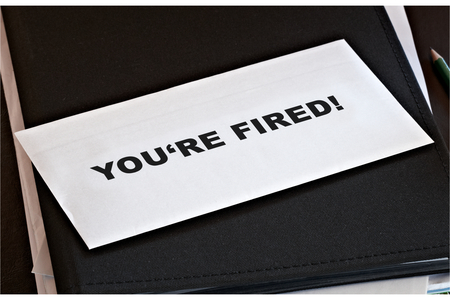Supreme Court's 'shadow docket' would benefit from greater transparency, op-ed says
Even modest changes would bring welcome transparency to the U.S. Supreme Court’s orders docket, according to a law professor’s op-ed.
Writing for the New York Times, University of Chicago law professor William Baude says the orders docket operates in such obscurity that he calls it the “shadow docket.” This docket includes cert grants and denials, procedural matters in pending cases, and stays.
The orders issued are often made without explanation, and without identifying how the justices voted. This leads to confusion among lawyers and judges trying to interpret the pronouncements, according to Baude.
Baude notes a recent case in which the Supreme Court refused to stay the execution of Oklahoma inmate Charles Warner, and then agreed to hear a case raising his execution-drug claims. “Why did the court wait to accept the case until it was too late for Mr. Warner?” Baude writes. “Did it decide for some reason to depart from tradition? The court gave no explanation.”
Baude suggests two improvements for the orders docket: The court could provide an explanation when reversing a lower court decision or when there is a written dissent. The court could also reveal how justices voted when there is dissent, or when a dissenting justice requests it.
Updated on Feb. 9 to add missing word in first paragraph.



